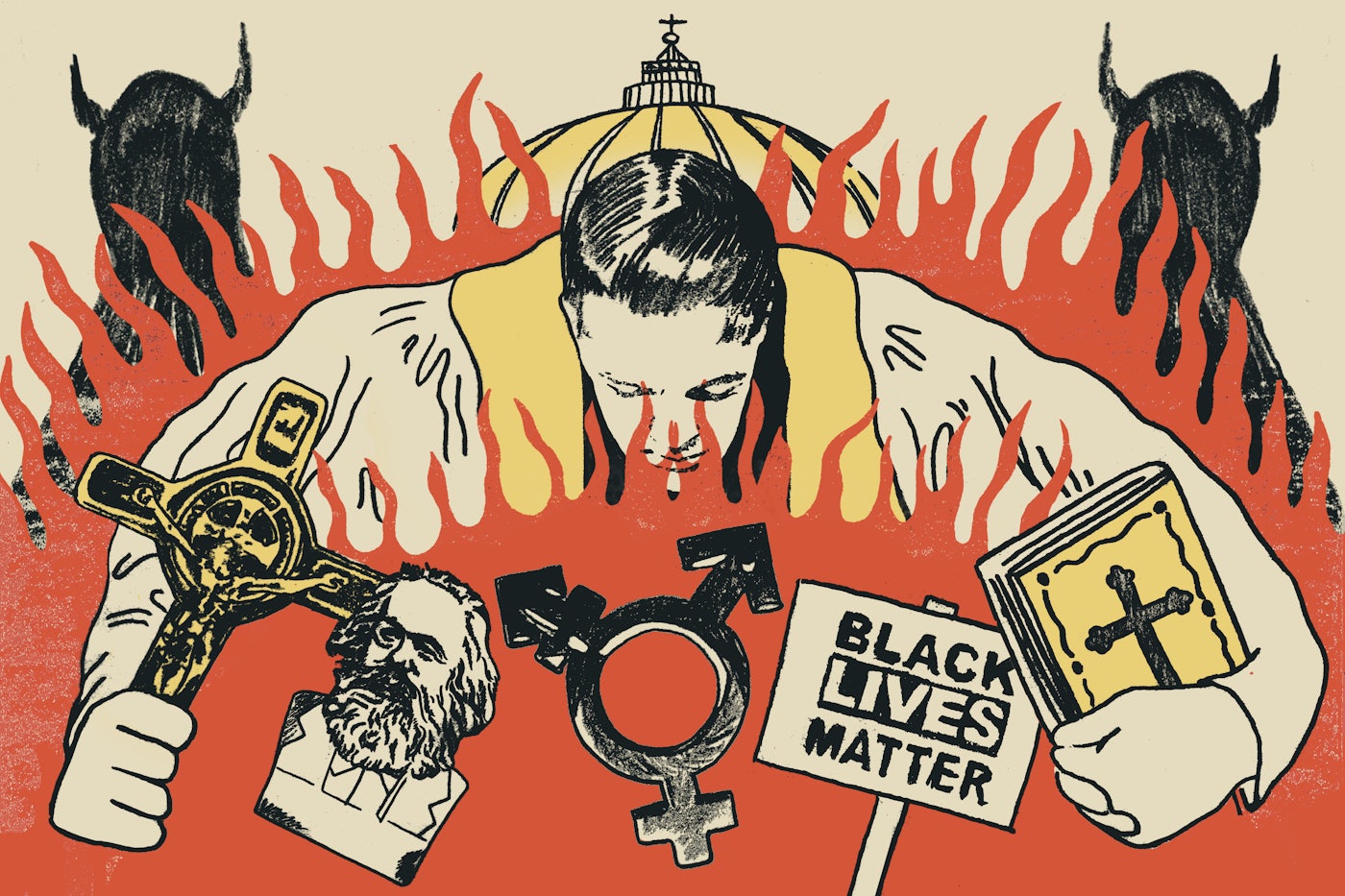READ MORE FROM DR JAMES ZOGBY
In the 45 years since launching the Palestine Human Rights Campaign, I have witnessed more tragic wars than I can care to count and defended Palestinians against more heinous crimes than I can bear to list. During all this time, we have had American supporters who have embraced the cause of Palestinian rights and supported our calls for justice. But never have I witnessed the sea of change in opinion and its impact on the policy debate that is now taking place.
Five decades ago, there were a handful of members of Congress who would courageously speak out and there were some Christian churches, peace and civil rights leaders, and small progressive Jewish groups who would endorse our appeals for Palestinian human rights. For their efforts, they, like us, were subjected to intimidation seeking to silence their voices or punish their advocacy.
Change began with the first Intifada, as national television broadcast Israeli troops firing on stone-throwing Palestinian youth, and the horror that greeted then defence minister Yitzhak Rabin’s orders to his soldiers to break the bones of the young protesters. Building on this shifting opinion, the prominent political activist Jesse Jackson elevated the issue of justice for Palestinians during his 1988 presidential campaign. That year, we succeeded in having the issue debated, for the first time, at the Democratic convention. I will never forget the feeling I had as I mounted the convention podium to introduce our platform plank calling for Palestinian rights.
READ MORE FROM DR JAMES ZOGBY

The sins and horrors of 1967 are alive today
Diversity should be America’s greatest strength
After the Madrid Peace Conference of 1991 and the Oslo Accords between 1993 and 1995, there was another observable shift in US opinion. On closer examination, however, the change was largely on the Democratic side. Then president Bill Clinton and the Democrats backed the “Oslo process", while Republicans, whose party had increasingly come under the influence of the right-wing Christians and Reagan-era neo-conservatives, embraced a hardline pro-Israel stance. Since then, this partisan divide has continued to widen.
As a review of current polling makes clear, this partisan split increasingly masks America’s very real ideological and demographic divide on a range of domestic and foreign policy concerns. On the Democratic side, the largest component group of voters are African-Americans, Latinos, Asian-Americans, millennials and college-educated women. While on the Republican side, over 40 per cent of their voters are white, older, less than college-educated, or “born again” Christians. Their respective views on the Palestine-Israel issue are mirror images of one another. More revealing is the divide between self-identified liberals and conservatives.
Polls now show that the majority of Democratic voters hold deeply unfavourable views of Israeli Prime Minister Benjamin Netanyahu, oppose many Israeli policies, and favour conditioning US aid to Israel based on their treatment of Palestinians. Not only have attitudes changed, but progressive Jewish groups and organised Arab Americans have been empowered by this new political environment and have been engaging their elected officials. This has emboldened members of Congress to speak out. In response to both Israel’s recent policies in Jerusalem and the bombardment of Gaza, this split is having an impact in Congress.
The result: for the first time in 30 years, a dozen members took to the floor of Congress to denounce Israeli efforts to evict Palestinians from their Jerusalem homes and the killings of civilians in Gaza; more than one-half of the Democratic Senate caucus has called for an immediate Hamas-Israel ceasefire; and progressives in the House of Representatives are calling on President Joe Biden to stop a proposed US arms’ sale to Israel and a bill has been introduced calling for US aid to Israel to be conditioned on their treatment of Palestinians. Also noteworthy has been the muted responses of normally pro-Israel Democratic senators and representatives. They know where their base voters are on this issue and they, therefore, are treading carefully.
The American media has given extensive coverage to this development. I was so proud to see a New York Times front page story, which appeared on May 15, open with the sentence: “In 1988, when James Zogby ... pushed Democrats to include mention of Palestinian sovereignty in their platform they responded with a clear warning ... If the P-word is even in the platform, all hell will break loose.” The article goes on to note how the issue we raised and lost back then, is now centre stage in the policy debate.
That’s the good news. More sobering is the fact, as I noted in the same story, that "the base of the party is in a very different place than where the party establishment is". We haven’t won this policy debate, not by a long shot. But what’s new and important is that we are forcing a debate. And that’s the first step on the road to change.
Dr James Zogby is the president of the Arab American Institute and a columnist for The National









